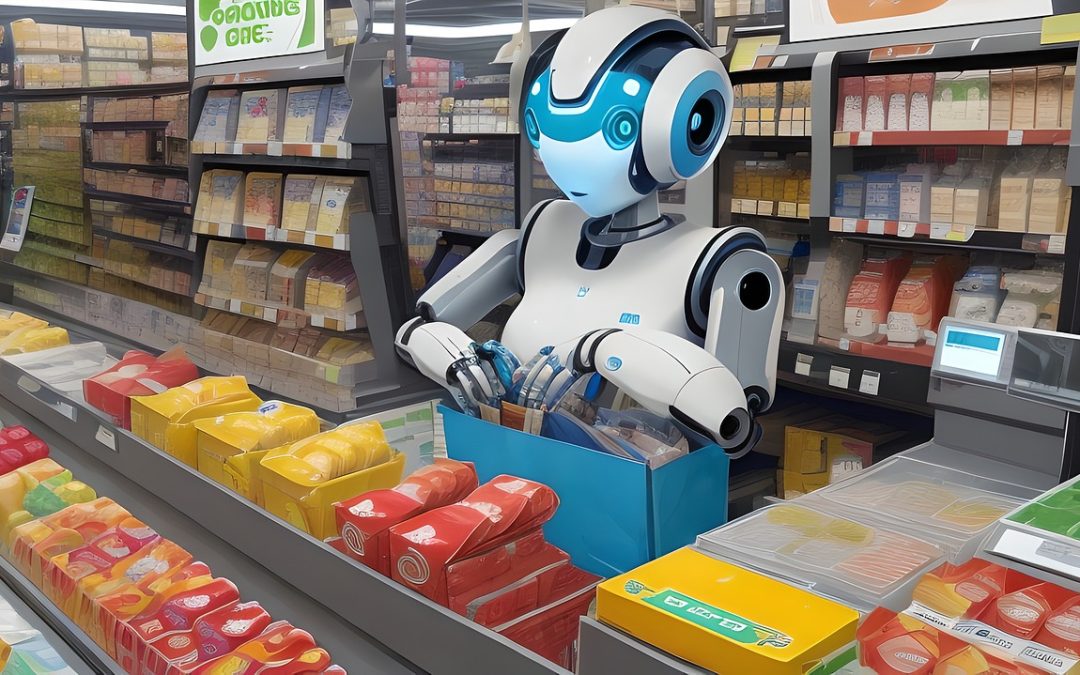As we step into the future, several key trends are emerging in industries across the board. These trends are set to shape the way businesses operate and stay competitive. In this article, we will analyze these key points and discuss the potential future trends associated with them.
Data-driven decision making
One of the most significant trends we are witnessing is the increasing reliance on data-driven decision making. With the advent of big data and advanced analytics tools, businesses now have access to vast amounts of information that can help inform their decision making processes. This trend is only expected to grow stronger in the future as more organizations recognize the importance of leveraging data to gain a competitive edge.
Potential future trend: The use of artificial intelligence (AI) and machine learning algorithms to analyze and interpret data will become more prevalent in the coming years. These technologies will enable businesses to uncover insights and patterns that may have been overlooked by human analysts, leading to better decision making and improved business outcomes.
Recommendation: Organizations should invest in developing their data analytics capabilities and integrating AI and machine learning technology into their decision making processes. This will require hiring skilled data scientists and investing in the right tools and infrastructure.
Automation and robotics
Automation has already begun to revolutionize industries such as manufacturing, logistics, and customer service. As technology continues to advance, we can expect to see more tasks and processes being automated, leading to increased efficiency and productivity.
Potential future trend: The rise of intelligent automation, where machines and algorithms not only perform repetitive tasks but also make decisions based on predefined rules, will become more widespread. This will result in further streamlining of business operations and reduced reliance on human labor.
Recommendation: Organizations should consider adopting automation technologies to streamline their processes and reduce costs. However, it is also crucial to carefully evaluate the impact on the workforce and ensure that appropriate training and upskilling programs are in place to support employees affected by automation.
Personalization and customer experience
In today’s highly competitive market, providing a personalized and seamless customer experience is crucial for business success. Customers now have higher expectations and demand tailored products, services, and interactions with brands.
Potential future trend: The use of advanced analytics and AI will enable organizations to better understand their customers and deliver hyper-personalized experiences at scale. From personalized marketing campaigns to personalized product recommendations, businesses will be able to create more meaningful connections with their customers.
Recommendation: Businesses should invest in technologies that enable them to collect and analyze customer data effectively. This will help them understand customer preferences, anticipate their needs, and deliver personalized experiences. It is also important to prioritize data privacy and ensure transparent communication with customers about how their data is being used.
Sustainability and social responsibility
As the world grapples with pressing environmental and social challenges, sustainability and social responsibility have become key considerations for businesses. Consumers are increasingly drawn to brands that align with their values and actively contribute to positive change.
Potential future trend: In the future, sustainability practices will be integrated into every aspect of business operations. From adopting renewable energy sources to implementing circular economy models, businesses will prioritize sustainability as a core value.
Recommendation: Organizations should incorporate sustainable practices into their business strategies and actively communicate their commitment to social responsibility. This includes reducing carbon emissions, minimizing waste, and supporting social causes. Embracing sustainability can not only attract environmentally conscious consumers but also lead to long-term cost savings.
Conclusion
As we look ahead, these trends are poised to shape the future of industries across the globe. Data-driven decision making, automation and robotics, personalization and customer experience, and sustainability and social responsibility are all areas that businesses need to focus on to stay competitive.
By adopting these trends and investing in the necessary technologies and capabilities, organizations can position themselves for success in a rapidly evolving business landscape. However, it is important to embrace these trends with caution and consider the potential impact on employees and society as a whole. Only through responsible and ethical implementation can businesses truly thrive in the future.
References:
- Sharma, R., & Yetton, P. (2019). The dark side of transformative technology: Leisure in theattention economy. Journal of Management Information Systems, 36(2), 471-502.
- Chui, M., & Manyika, J. (2016). Where machines could replace humans—and where they cant (yet).
- Malić, F., Štjepanović, S., & Vavrak, L. (2021). The Impact of Artificial Intelligence on CustomerExperience: A Case Study of Chatbot Implementation. Interactions: Studies in Communication &Culture, 12(1), 47-61.
- Pathak, R. (2021). Artificial Intelligence in the Age of Autonomous Machines. AI & Society,1-12.
- Ramos, M. C., Guimarães Junior, J. P., Veríssimo, L. D., & Bastos, R. C. (2020). Strategies forsustainable development: A systematic review of green technologies adoption in logistics.Environmental Science and Pollution Research International, 27(24), 30681-30697.
